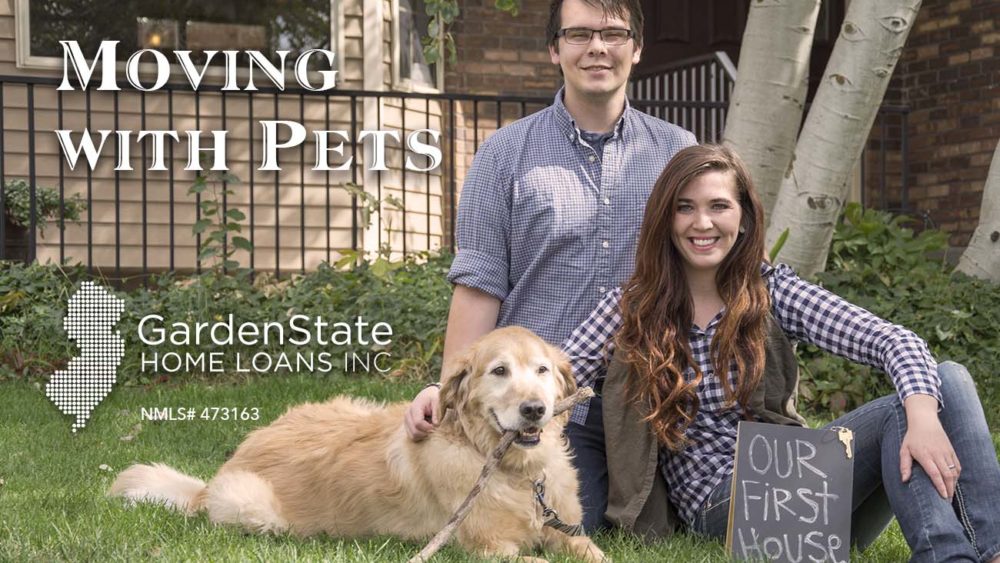
Moving with Pets: Things to Consider
When you move, your furry friends come with you. You should always keep your pets in mind when choosing a place to live. For those of you who have cats, make sure that your new space has plenty of room to build vertically, so your cat can have space to climb. Dogs’ needs are slightly different than the needs of cats, and are more on a case by case basis. Older dogs may need a house without many steps, while younger dogs and puppies may need a house with a large backyard to run around in. Before you move into an apartment make sure the leasing office allows pets. Many communities have policies against dogs and cats, or animals up to a certain weight. Additionally, these communities may have policies against certain exotic pets, such as iguanas, snakes, or tarantulas, as well as particular breeds of dogs.
When moving, make sure to bring certificates with you to show that your pet has had all property inspections and vaccines. Each state has their own rules so make sure to check the requirements if you are moving to a new state.
Additionally, check:
- Local Ordinances: Check with the city clerk’s office to find out about any leash laws, licensing rules, or any limits on the number of pets you are allowed to have per household. There may also be limits on the type of animals you are allowed to have in certain residential area.
- Health Certificates: Most states require a health certification for dogs, but many also require it for cats, and other pets as well.
- Rabies tags: Most states require that you have a rabies tag for your cats and dogs.
Moving can be very stressful for your furry friends.
There are some things you can use to help you and your pets while moving in case they get stressed or lost.
- ID tags. If your pet wears a collar, make sure you have an ID tag attached to it. If you have a bird, attach the ID tag to a leg band. The tag should include the pet’s name, your name, your destination address, and your number.
- Microchips. Once a pet has a microchip, it is entered into a pet recovery system. If the pet gets loose, you will be contacted once it has been found.
- Pictures. Always keep an updated picture of your pet on you, so you can show your neighbors or post the picture online if your pet gets lost.
- Collars. Make sure you have a collar on your pet while traveling. If you are worried that might wiggle out their collar, use a harness instead.
- Pet Carriers. A pet might feel less stressed in a pet carrier while they are on the move, instead of being free to move around the car. If you are traveling by plane, it may be required to put your pet in a carrier.
- Records. Before you leave your previous home, make sure to get any health records from your veterinarian. This will help your new vet give the best care to your pet in the future.


Comments are closed.